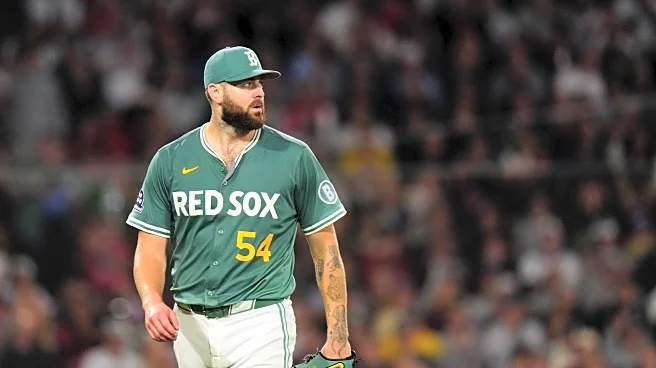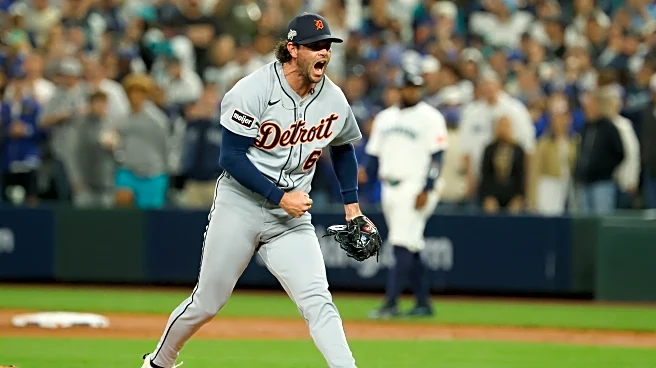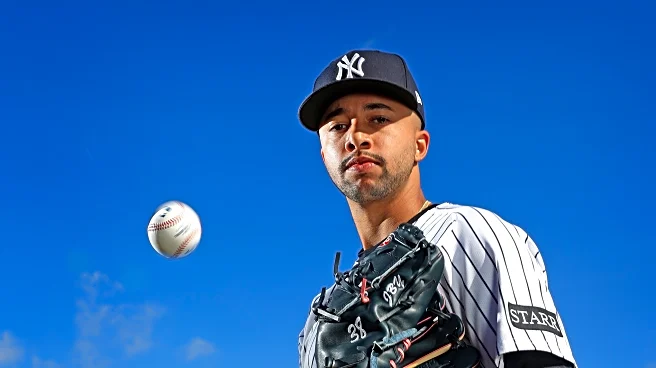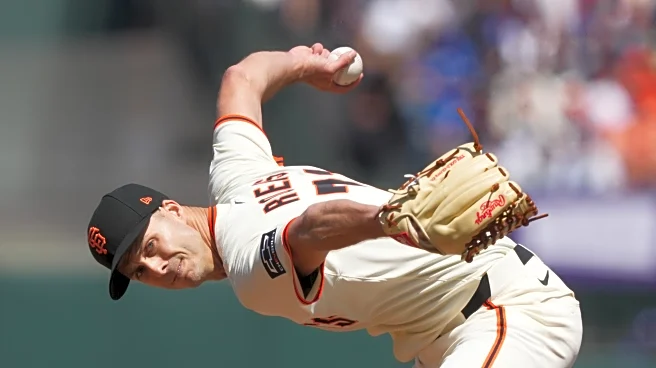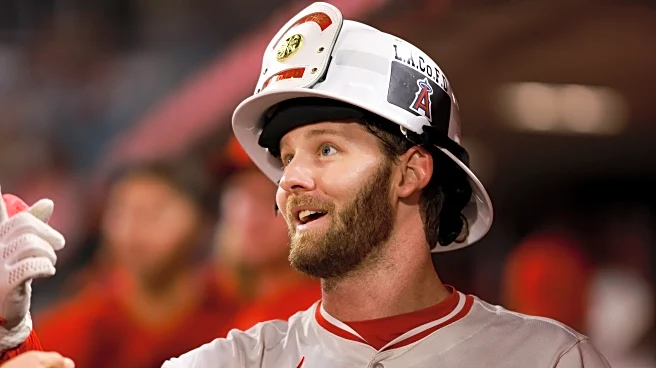A year ago, there was an argument to be made that Devin Williams was the best relief pitcher in baseball. He had just wrapped a six-season stint at the back of the Brewers bullpen that saw him compile
a 1.83 ERA and save 68 games over 235.1 total innings. All that stood in between him and a massive pay day was a contract year in the Bronx.
Williams’ lone season with the Yankees did not go well. He had been traded there in the offseason to be their lockdown closer. But by the end of April he had a 9.00 ERA, an opponent OPS of .820, and nearly as many walks (eight) as strikeouts (10) across 10 innings of work. That was enough to get him booted from save opportunities altogether.
The rest of the season saw Williams try to get his numbers closer to his normal impressive level. While he certainly improved, and even thrived in June (0.93 ERA, six saves) once he was back in the ninth inning, it was never quite the dominance we have grown accustomed to.
His ERA by month looked like this: 9.00, 4.22, 0.93, 5.73, 4.91, and 3.72. Despite his horrid start to the year, he ended up with a better ERA prior to the all-star break (4.58) than he did in the second half (5.06). It was a nightmare outcome, and not the sort of platform year he was hoping for.
Despite that, Williams is still going to have a robust free agent market. MLB Trade Rumors reported that at least a third of the league has already checked in on the 31-year-old. MLB.com echoed that sentiment earlier this week, saying he will be “in higher demand than you might think.” Given the Orioles lack of a current closer, they should be in the mix.
But why? It seems counter-intuitive for a playoff hopeful to entrust the ninth inning to a player that is coming off a career-worst season. Not just that, but someone that had a brutal 4.79 ERA, lost the closer role multiple times, and seemed to be rattled by the harsh Bronx environment. It is possible, maybe even likely, that in order for the Orioles to make a run at the playoffs in 2026 that they going to need to win big games in New York on more than one occasion. So, why would Williams make sense here?
In short: He may have had a down year in 2025, but the superficial numbers are exaggerating exactly how bad he was.
While Williams did have a 4.79 ERA, his peripherals were much better. His xERA was just 3.07 while his FIP was 2.68 and his xFIP was 2.95. Roll that all together, and it’s fair to say he pitched more like a ~3.00 ERA closer. For comparison, Félix Bautista had a 2.60 ERA in 2025, with a 2.77 xERA, 3.37 FIP and 3.35 xFIP. The two pitchers are not all that far apart.
Williams did see his strikeouts decline from a preposterous 15.78 K/9 in 2024, but he was still getting a ton of punch outs, mowing down 13.06 K/9 this past season. At the same time he walked batters at his best rate since 2020. It was still high at 3.63 BB/9, but it is better than he has been in that category for quite some time.
Baseball Savant reveals that Williams still has an awful lot of “red” on his chart. He was in at least the top 15% in xERA, expected batting average, chase rate, whiff rate, strikeout rate, hard hit rate, and extension. The guy remains nasty and a tough matchup for most hitters.
While his fastball velocity for the year was down about half a tick compared to 2024 on the whole, he improved as the year went on. By the end of 2025, he was averaging 94.5 mph on his four-seamer. That is right behind the 94.7 mph he ended 2024 throwing.
It is entirely possible that Williams has already played his best baseball. He is 31 years old, and it is normal for professional athletes to lose a step or two as they age. But this doesn’t feel like a case of an overnight implosion. He is more than capable of being one of the better closers in the league, especially if he gets a little luckier moving forward.
The Orioles need to address their bullpen. Bautista is likely to miss the entire season, and the team has no internal heir apparent for the ninth inning. As a team with postseason ambitions, they cannot leave the ninth inning up to chance. They will need to look outside the organization.
Williams is one of the best relief arms on the free agent market this winter, definitely behind Edwin Díaz and maybe trailing Robert Suárez as well. While he certainly did lose himself some money with his performance last summer, his paycheck is still going to get a lot bigger heading into next season.
MLB Trade Rumors believes he will land a four-year deal worth $68 million ($17 million AAV). FanGraphs is not quite as bullish. Their writer Ben Clemens has him pegged at two years, $12 million while the crowdsource answers was three years, $14 million. Remember, Mike Elias was willing to give Craig Kimbrel $12 million to closer for the team in 2024, so the annual salary isn’t crazy
Going multiple years for a reliever, however, does not sound like a Elias move. Maybe Bautista’s injury changes that. This is his second major arm injury in as many years. His velocity was already down in 2025. Who knows what he looks like come 2027. Provided you feel confident in the pitcher you are getting, multiple years could be more attractive than prior years.
There is no qualifying offer attached to Williams, unlike there is for Díaz. And all of his peripherals were still so good in 2025. He feels like an obvious bounce-back candidate, and there is a chance you are getting him on a “discount” for multiple years. If the Orioles are good this year, they should also be good in 2027. This might be a risk worth taking for Elias and his front office.


